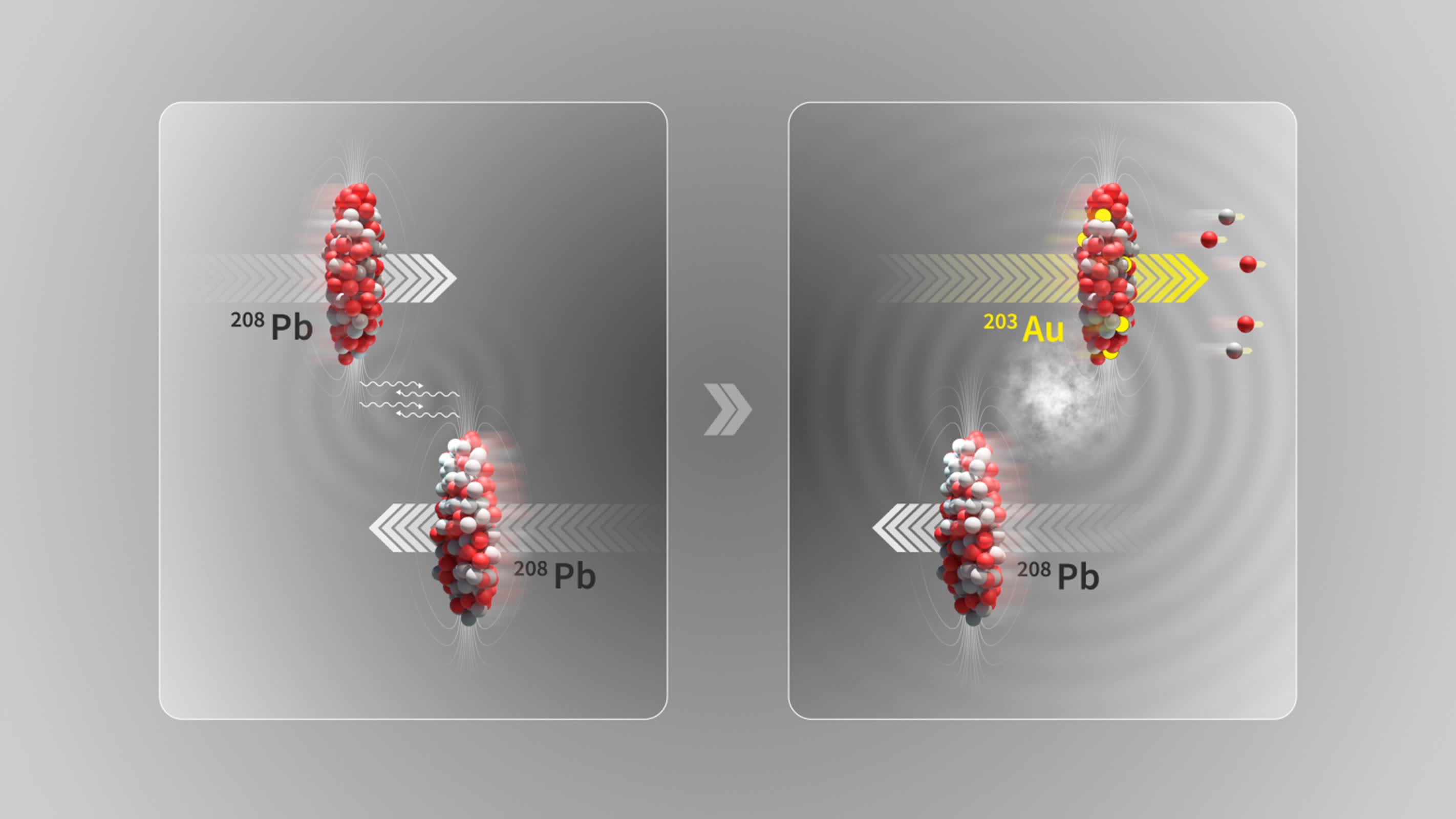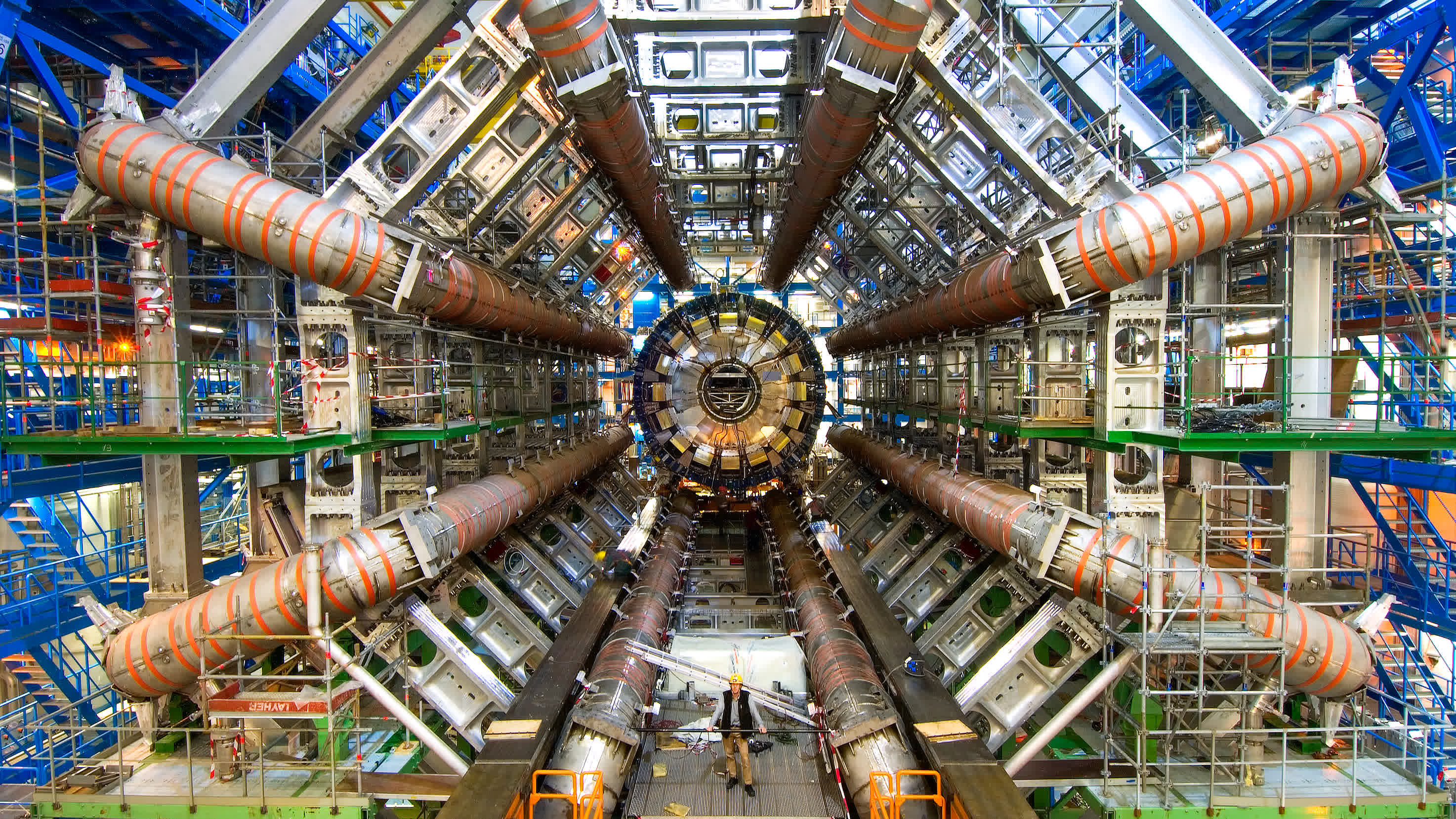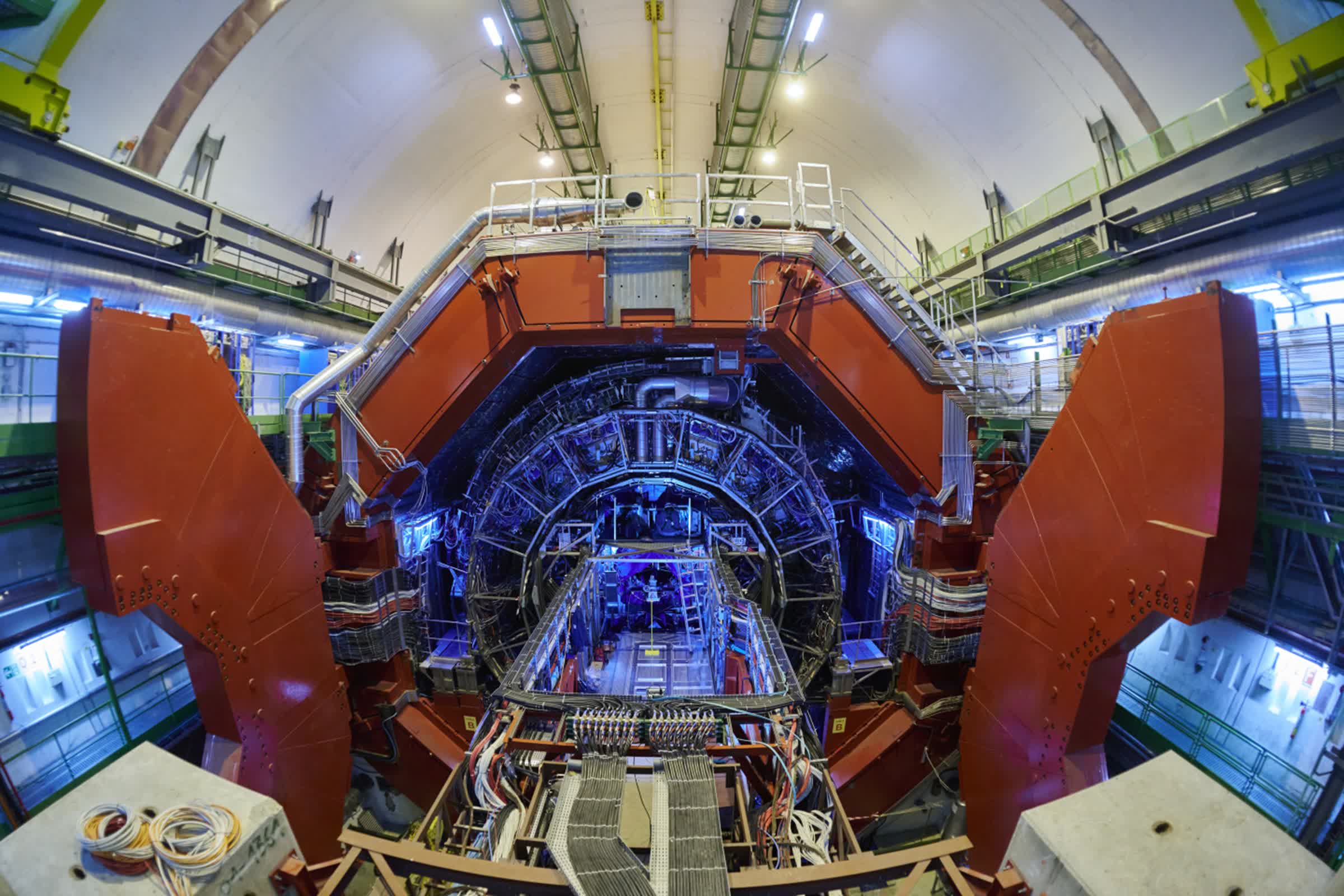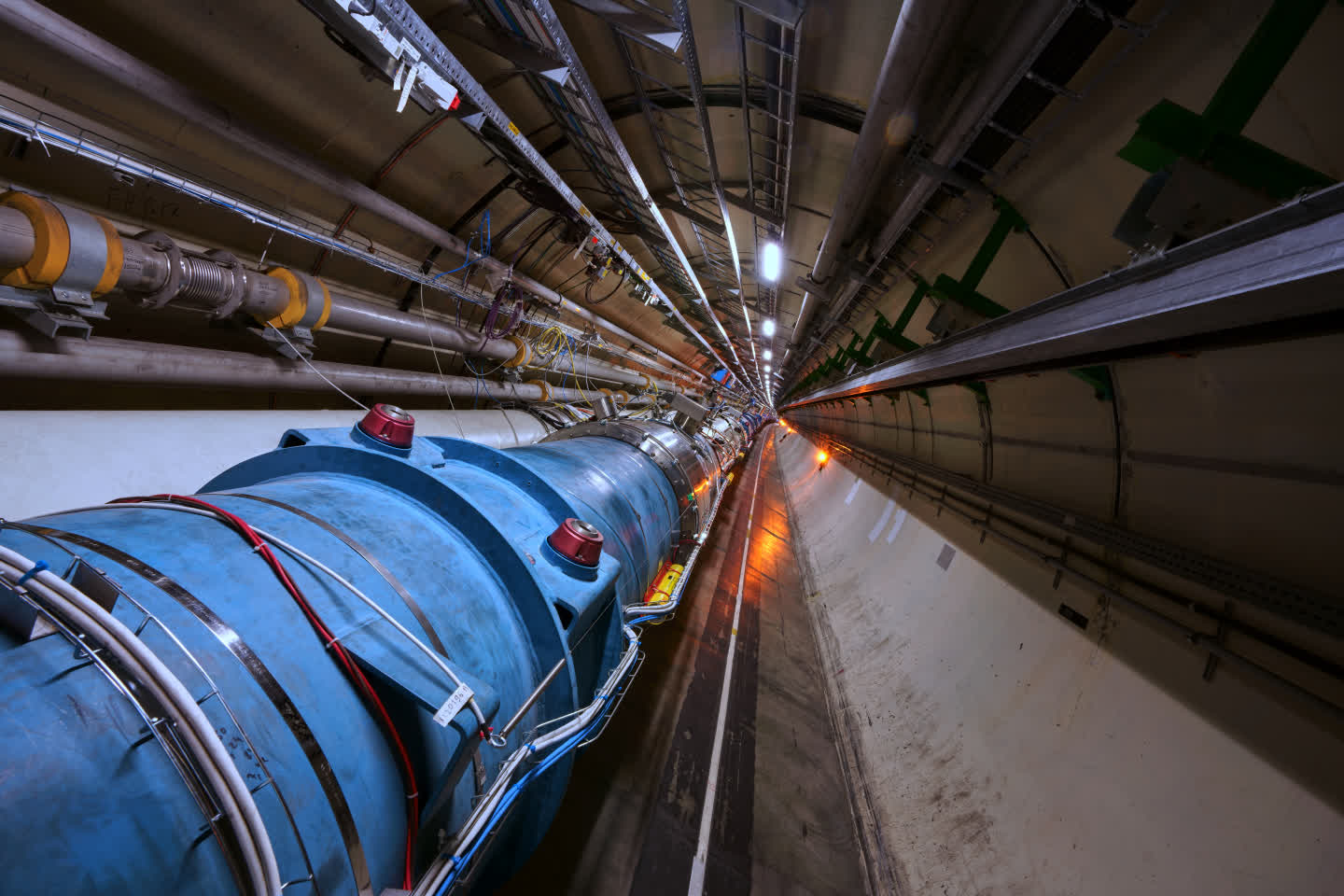Through the looking glass: The alchemists' dream, it turns out, was not misguided – just premature. While the gold created by CERN researchers can't fill vaults, it has unlocked deeper insights into the universe's fundamental forces.
For centuries, the transformation of lead into gold was the ultimate goal for alchemists, a dream fueled by the similar densities of the two metals and gold's enduring allure. While chemistry eventually revealed that lead and gold are fundamentally different elements, making such a transformation impossible by chemical means, modern nuclear physics has now realized this ancient ambition, if only for a fleeting moment and in vanishingly small quantities.
Researchers at CERN's Large Hadron Collider (LHC) have reported the first systematic experimental detection and measurement of lead transmuting into gold. The findings, published by the ALICE collaboration in Physical Review Journals, detail how high-energy physics has achieved what was once the stuff of legend.
The process hinges on a phenomenon far stranger than alchemy: near-miss collisions between lead nuclei traveling at 99.999993 percent the speed of light. While head-on collisions in the LHC famously create quark-gluon plasma – a primordial soup of particles that existed microseconds after the Big Bang – the majority of interactions are less dramatic. When nuclei narrowly avoid colliding, their intense electromagnetic fields interact, triggering rare nuclear transformations.
Lead's 82 protons generate a powerful electromagnetic field, and at near-light speeds, this field compresses into a fleeting, pancake-shaped pulse of photons. These photons can strike nearby nuclei, causing "electromagnetic dissociation" – a process that ejects protons and neutrons.

Illustration of an ultra-peripheral collision where the two lead ion beams at the LHC pass by close to each other without colliding.
To forge gold, three protons must be knocked out of a lead nucleus. The ALICE team used specialized detectors called zero degree calorimeters to track these events, distinguishing between outcomes: zero protons lost (lead), one (thallium), two (mercury), or three (gold), each accompanied by at least one neutron.
The results are staggering in precision yet humble in scale. During the LHC's Run 2 (2015 – 2018), approximately 86 billion gold nuclei were produced – a total mass of 29 picograms, or 0.000000000029 grams.
Upgrades in Run 3 nearly doubled this output, yet the amount remains trillions of times smaller than needed for even a single ring.
"It is impressive to see that our detectors can handle head-on collisions producing thousands of particles, while also being sensitive to collisions where only a few particles are produced at a time, enabling the study of electromagnetic 'nuclear transmutation' processes," says Marco Van Leeuwen, ALICE spokesperson.
The Large Hadron Collider (LHC) is the world's largest and most powerful particle accelerator. It consists of a 27-kilometre ring of superconducting magnets with a number of accelerating structures to boost the energy of the particles along the way.
The gold created is no ordinary metal. These ultra-high-energy nuclei survive for mere microseconds before striking the LHC's infrastructure and disintegrating into protons, neutrons, and other particles.
While the achievement fulfills an ancient fantasy, its true value lies in advancing nuclear physics. The findings refine models of electromagnetic dissociation, which are critical for managing particle beams. Electromagnetic dissociation is used to understand and predict beam losses that are a major limit on the performance of the LHC and future colliders, explains John Jowett of the ALICE collaboration.
CERN researchers create gold from lead in breakthrough nuclear experiment


